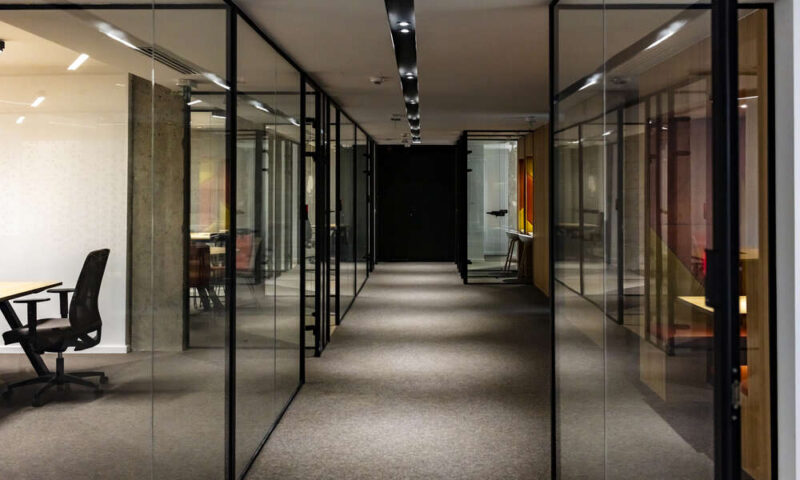
What Should Associations Do About Underused Office Space?
Thanks to the shift to hybrid work, associations may have more office space than they know what to do with—and that might lead to some discussions about how to use it effectively.
Does your association own its office space? If so, odds are that it’s not being used to the best of its usefulness these days.
The reason is, of course, that the shift to remote work, and even hybrid work, has left offices underutilized throughout much of the week. But the cost of actually keeping that space is hard to ignore.
Recently, a story from Fast Company highlighted data from Density, a company that measures office usage using lidar and radar sensors, and found that in 2,000 separate office spaces measured over a two-month period, many of the offices remained empty, even during working hours.
“They’re spaces that are essentially paid for but nobody is using,” said the company’s CEO, Andrew Farah, in comments to the news outlet.
So, what can associations do to better leverage the office space they have for more realistic work patterns?
Downgrade to Match Your Needs
Is your workweek a largely two-day-a-week affair when it comes to going into the office? Do most of your teams only go in on an as-needed basis? Do you rent rather than own your workspace? You may be a candidate for a smaller office space.
The plus side of high vacancy—the National Association of Realtors recently reported that office space is at a 12.3 percent vacancy rate nationally—is that less expensive office space is likely easier to come by now than it has been in the recent past.
But be careful to do your research. Because you probably will have your pick of the litter, this could be a good opportunity to move to an office space with better amenities and more COVID-friendly protocols.
“Companies offering flexible work will need different office space configurations, so the best buildings will win,” a recent piece from Knowledge at Wharton explained. “Older buildings with poor ventilation systems and a lack of amenities will struggle to recruit and retain tenants.”
And, because your landlord is likely looking at an empty building if you leave, you might want to see if you can get a discount to stay, as Marketplace suggests.
“If they can get a significant discount to stay in the space, then the office tenant may be enticed to do that,” Columbia Business School’s Brian Lancaster recently told the public radio show.
Whatever you choose, the goal should be to right-size your needs—and that requires listening to your staff to understand what those needs are.
Consider Potential for Alternate Uses
What if you’re in a position where you own the space and you aren’t necessarily looking to sell—say, because your building is symbolically important or historic in nature? This can create some complicated discussions internally, but in many ways it could open up new revenue streams if you’re willing to allocate some of that office space for other uses.
In the Washington, DC, area, for example, the city is facing challenges with out-of-control housing costs, despite the fact that many office buildings are underutilized at the moment. For some building owners, taking some of that office space and converting it to residential space could prove a boon to housing in high-density areas where housing is often difficult to come by.
Cities such as DC are taking steps to incentivize such approaches, which local officials say, on top of easing rent prices, can actually increase local tax revenue.
“Repurposing office buildings into apartments, warehouses, self-storage, and even schools can be a win for landlords and a boost to the surrounding neighborhood,” explained Holly Dutton of the commercial real estate publication Propmodo.
Don’t Be Afraid to Get Creative
Of course, there are always creative ways to use office space that can come in handy. If you’re in a prime location, such as near the National Mall like the American Pharmacists Association, perhaps the opportunity might come in the form of renting out the venue for events, such as weddings.
In some cases, owners of office buildings have taken the opportunity to do very novel things to keep their buildings full—such as the British electronics company that gave its former office space to a hands-on computing museum run by a YouTuber.
Perhaps there’s an opportunity to creatively leverage your space while supporting your industry. Maybe you could also build a museum-like setting in your office building, a coworking space for members, or a makeshift events venue. A little creativity could go a long way toward maintaining the value of your location.






Comments